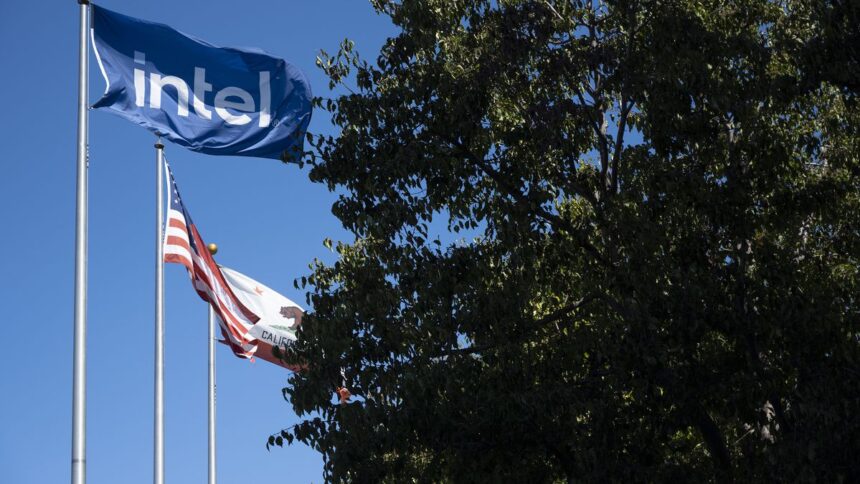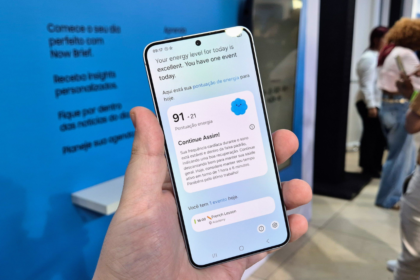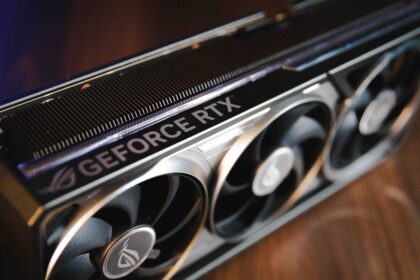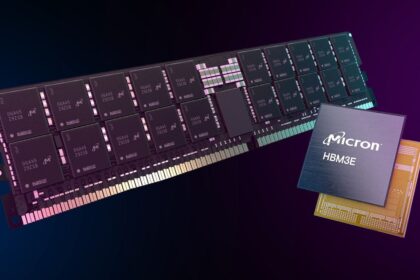Intel is facing yet another major challenge, this time in the form of a lawsuit filed by LR Trust, a group of investors who claim the company misled them about the performance of its businesses, particularly its Intel Foundry division.
This lawsuit adds to a growing list of difficulties for Intel. The company has been struggling to maintain its dominant position in the semiconductor market, contending with fierce competition from AMD and NVIDIA. In addition, delays in new manufacturing processes, a loss of market share, and declining revenues have been ongoing issues for the company.
The lawsuit is focused on former CEO Pat Gelsinger, who was abruptly removed from his position, and current CFO David Zinsner. LR Trust investors are seeking compensation for damages amounting to US$207 million, which is equivalent to the salaries of Intel’s executives from 2021 to 2023.
The lawsuit accuses Intel of intentionally providing misleading information about its business performance, particularly within its semiconductor manufacturing division. Investors argue that the company painted an overly optimistic picture of its financial health, despite the fact that it was operating at a loss and lacked a clear path to recovery.
According to the plaintiffs, this misleading narrative caused investors to invest more money in Intel-based on unrealistic expectations of growth and profitability.
Legal implications and future of Intel
The lawsuit, filed in a San Jose, California court, adds to a mounting pile of legal challenges that Intel is already facing. These cases highlight the company’s struggle to firmly establish itself in the mainstream semiconductor market, despite seeing record demand for its production lines.
The situation is especially concerning for Intel’s foundry division, which now faces an uncertain future. There is growing speculation about a potential spin-off of the unit, a move that seems increasingly likely given the ongoing challenges and the need for restructuring to stay competitive in the rapidly changing industry.
How Intel handles this case and the strategic decisions it makes over the next few months will play a crucial role in shaping the company’s future.
As the industry watches closely, the question remains whether Intel can overcome these hurdles and regain its leadership in the semiconductor market, or if this marks the start of a significant shift in the company’s structure, potentially altering its role in the tech sector.











